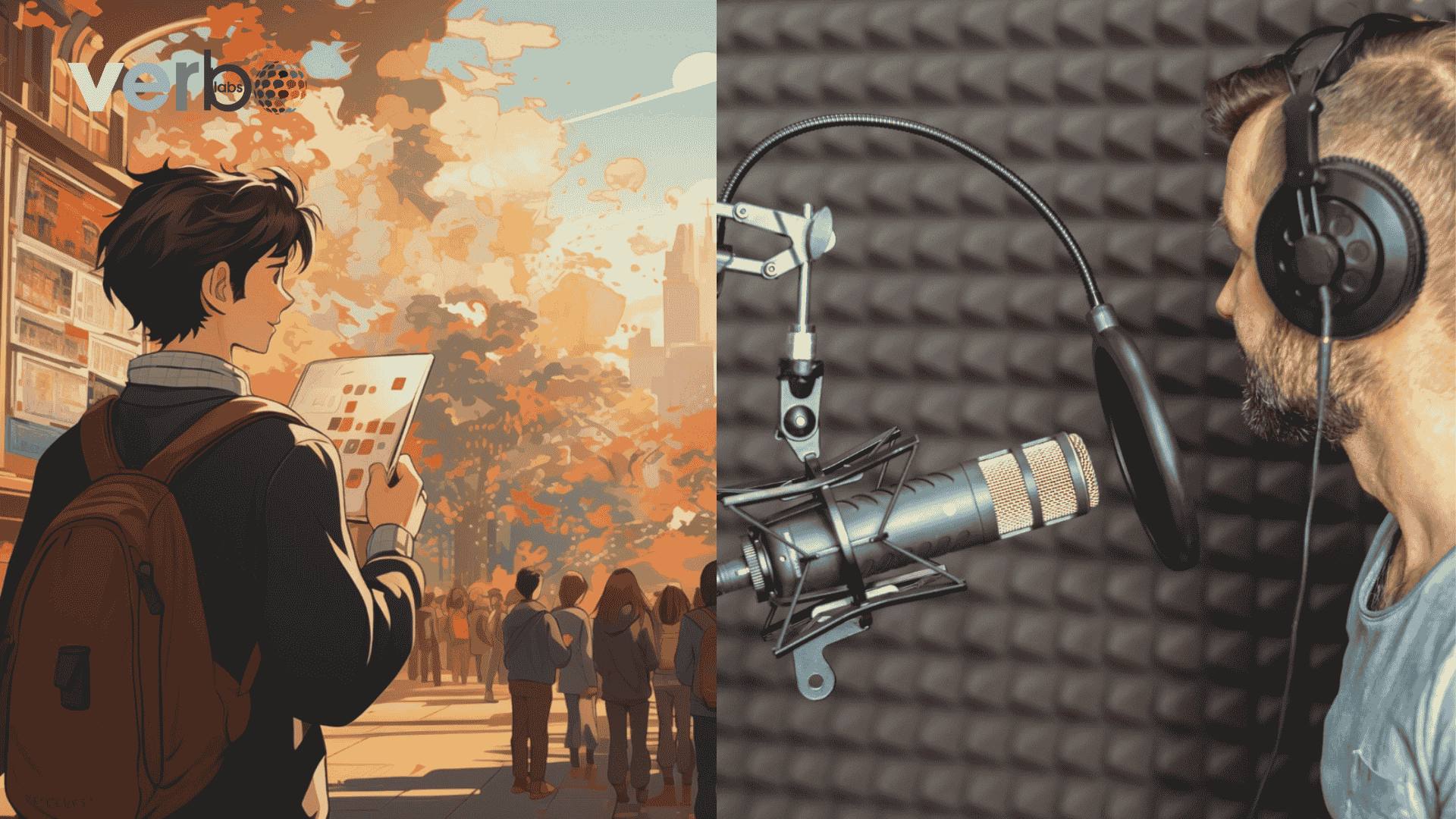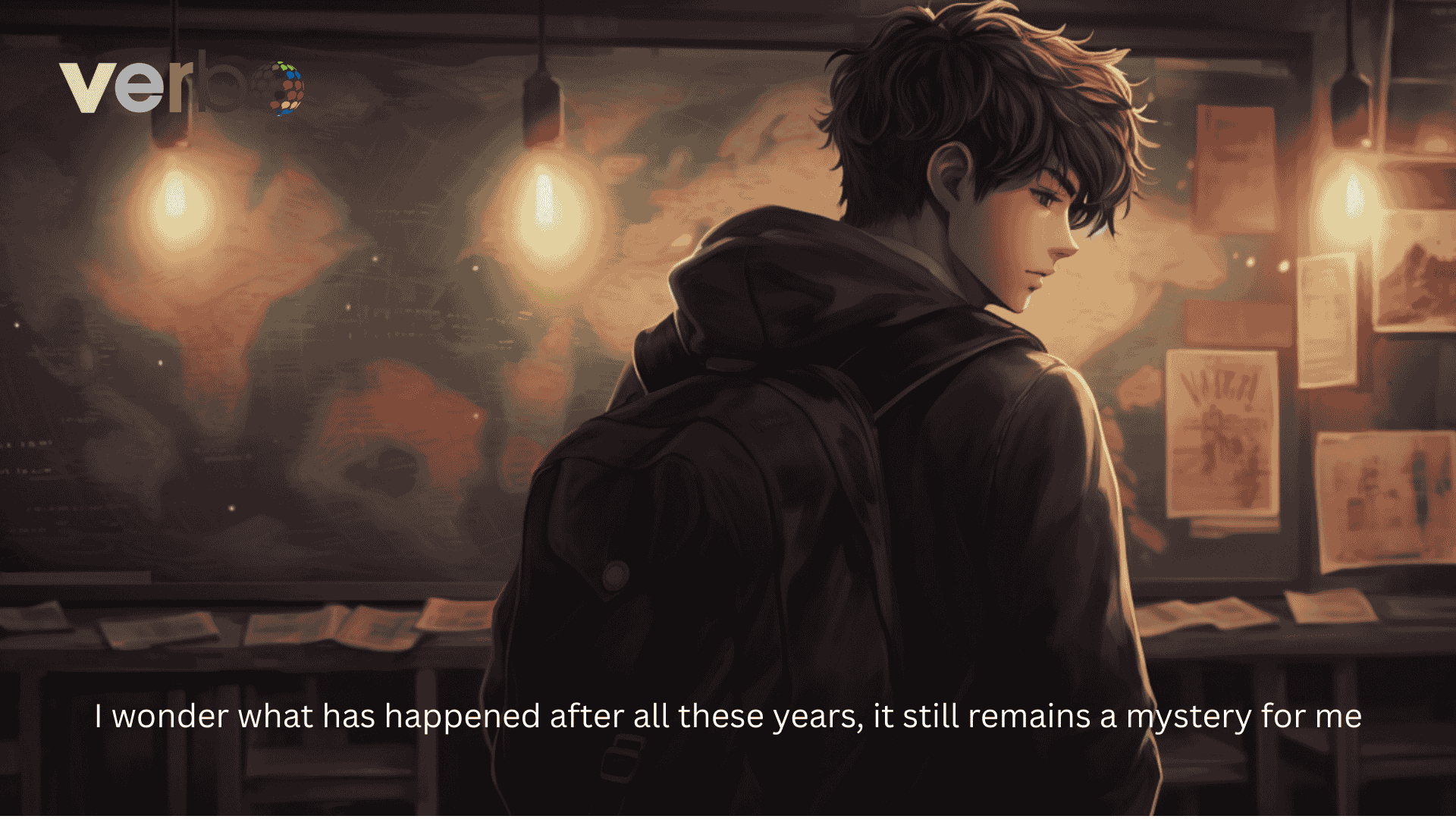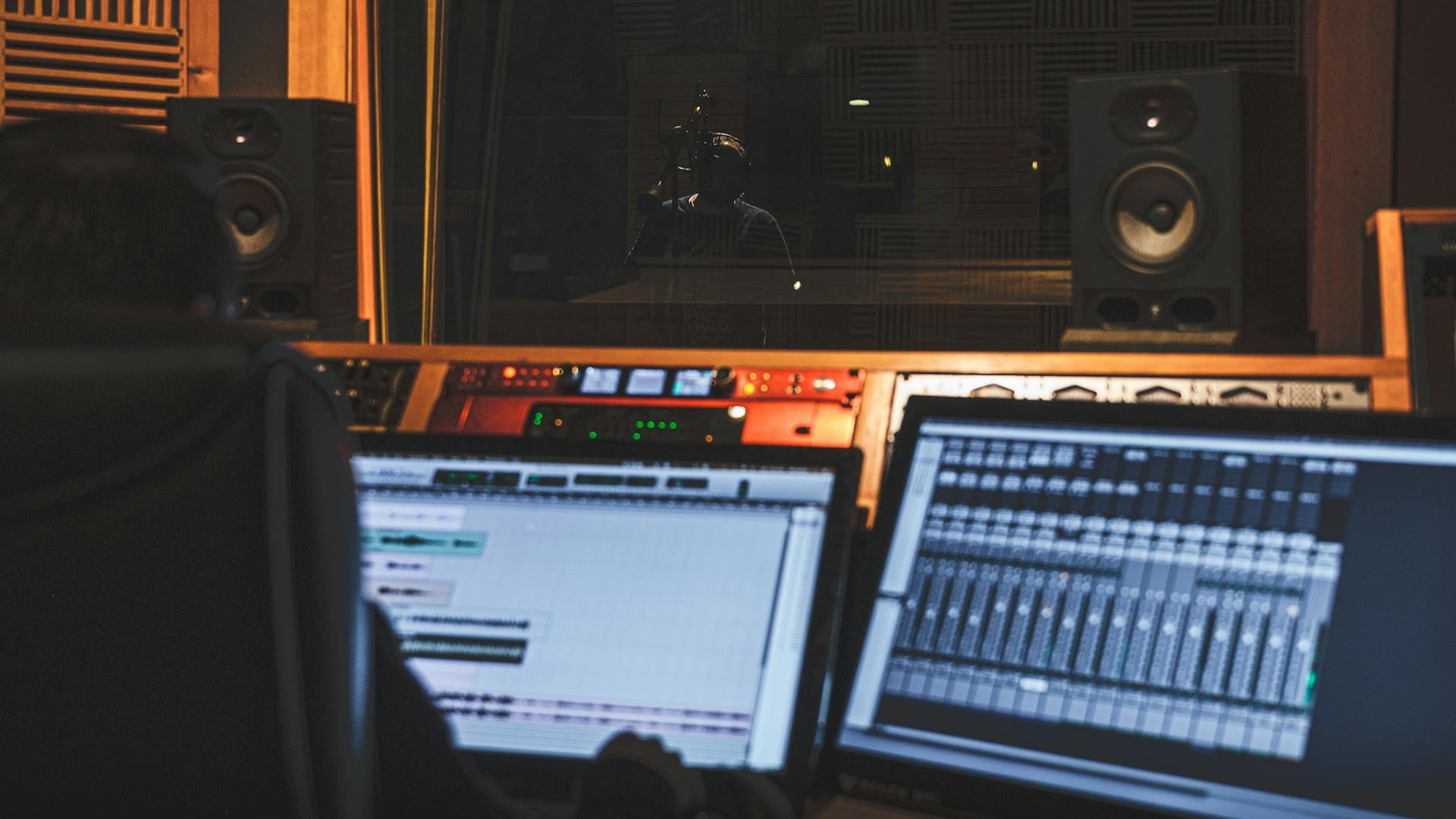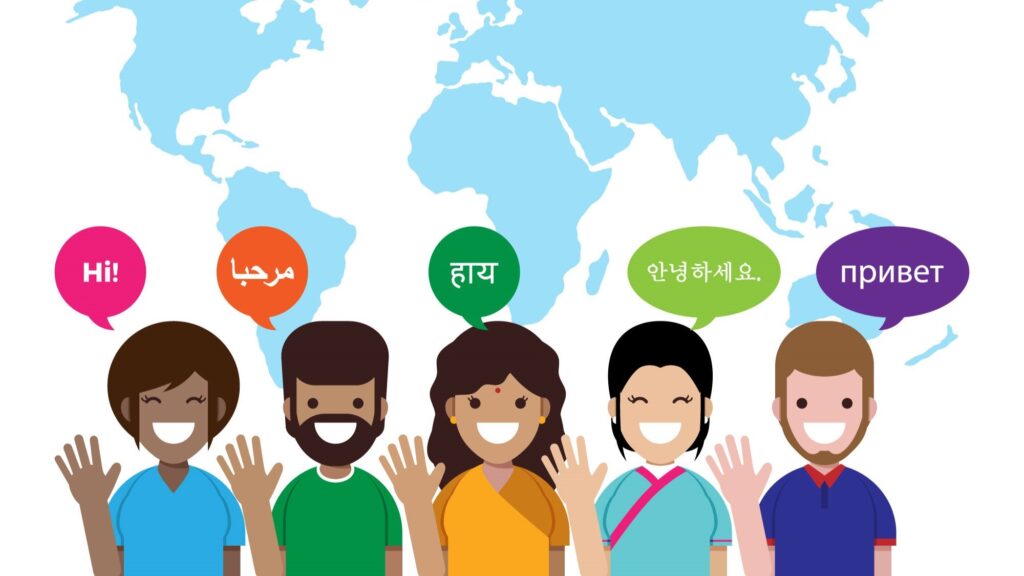
Anime dubbing is the process of replacing Japanese dialogue with voiceovers in other languages, making anime accessible to global audiences. Anime has transcended from an obscure art form in Japan to a global phenomenon enjoyed by millions all over the world in countries such as the United States, India, Europe, and Latin America. This growth highlights the power of anime dubbing global reach, connecting creators with fans across cultures and languages.
But how did this happen? While Japanese artists, creators, and storytellers have brought anime to life with their creativity and ingenuity, one of the primary factors contributing to the global phenomenon is anime dubbing. Anime dubbing, which gives anime characters voices to tell a story in varied languages, is a bridge that conveys Japanese culture, storytelling & art to all international anime fans alike.
In this blog, we will explore how dubbing helps spread Japanese culture around the world, allowing wider audiences to access anime, contributing to its popularity and sales, and potentially influencing the decisions of anime creators for future projects.
Making Anime Accessible to Non-Japanese Speakers

Anime’s gradually expanding global success relies on the accessibility of new content. For a slew of fans, reading subtitles is fun; yet, not everyone wants to or can read subtitles. Dubbing eliminates a language barrier and offers a drama, animation, or movie to experience without worrying if they are missing anything visually by reading the words in the video.
For example, a younger child watching Naruto or Dragon Ball Z in Brazil or Spain is watching in their language and can emote with the characters in the show as if they were characters in a show developed in the child’s country. This accessibility for anime is tremendous. In less than 20 years, anime has gone from being very specific to Japan to being universally felt, but with Japanese culture imbued in the universal content.
When Japanese studios have expended money for dubbing, it is not only to ensure their stories can be experienced by Japanese speakers or those who are comfortable reading subtitles. They also understand that the subtitled approach enables everyone to access the content and may often have fandoms that transcend national barriers.
Does dubbing make anime more accessible than subtitles?
Dubbing removes the language barrier. Unlike subtitles, which require constant reading, dubbing lets viewers focus on the action and emotions. For children or casual viewers, this makes anime easier and more enjoyable.
Learn more about our anime dubbing services that make Japanese content accessible worldwide.
Boosting International Popularity & Sales

The financial effect of dubbing cannot be ignored. Once an anime is dubbed, it can be shown on television, streaming services, and even in theaters in multiple countries. This all creates a far higher number of possible revenue streams, in addition to streaming services, merchandise sales, ticket sales, and licensing.
Think about the heavy rise of the Pokémon franchise. Much of the franchise’s success outside Japan can be attributed not only to clever localization or a good story and character design, but also to providing English, Spanish, French, and other languages so that fans could hear Ash and Pikachu with real voices.
More currently, companies like Netflix and Crunchyroll emphasize dubbing for popular anime shows because they bring in more subscribers and bottles, similar to how dubbing increased international demand, meaning every international anime viewer increased, which benefited the studios and companies in Japan as well (a lot) by money on royalties, licensing fees, and overall brand equity for their shows.
In summary, it should also be noted for anime creators that dubbing offers not only translation and/or adaptation opportunities; it provides a chance for employment, stability, opportunities, growth, and to be taken seriously (not just as a “niche” market).
Pokémon’s worldwide success wasn’t only about its characters—it was also because audiences could hear the story in English, French, Spanish, and more.
Case Studies: Anime Series That Went Global via Dubbing
Several famous series evidence and illustrate how dubbing has taken Japanese cross-cultural media to another level, allowing local Japanese productions to be re-exported assets of a transnational culture:
Dragon Ball Z: The English-dubbed version that aired on Cartoon Network’s Toonami late in the 1990s exposed millions of younger viewers to anime for the first time in an English-language market. The series was never the same, as the quality of voice actors brought to life Goku and Vegeta as an international identity.
Naruto: The double-edged sword of dubbing allowed Naruto’s story of perseverance and friendship to reach its European, Latin American, and North American audience. Most fans did not fully understand Japanese dialogue, but when dubbing did its job well, it provided a cultural experience.
Attack on Titan: Although thumbs-down for the genre, titans and anime content’s more bleak and serious themes would have never crossed paths with a Western youthful audience. Both Japanese distributors and dubbing benefits made voice actors and their proprietary flavor on-brand for international fans to engage with more mainstream anime tropes and character development.
Pokémon – Dubbed in over 30 languages, Pokémon became one of the most recognizable entertainment brands worldwide.
My Hero Academia: A more recent hit exemplifying the organization of dubbing and distributing products to happen nearly simultaneously, with the Japanese broadcast being one of the more recent live-action media, utilizing their global IP, especially since there was increased global discovery.
These series and experiences demonstrate that dubbing is not only a convenience but also a deliberately planned strategy to aid in cultural expansion and global fandom. This approach highlights how anime dubbing global reach transforms local stories into worldwide cultural touchpoints.
Why Creators Rely on Professional Dubbing Studios

Professional dubbing studios handle lip-syncing, cultural adaptation, voice casting, and audio engineering to ensure anime feels authentic in every language. Their expertise plays a vital role in driving anime dubbing global reach, helping creators connect with audiences far beyond Japan.
The efforts of professional dubbing studios are a critical, behind-the-scenes contributor to every successful dubbed anime. For anime creators, a working relationship with talented dubbing studios ensures a voice track that maintains sufficient quality, consistency, and emotional weight.
Dubbing can be summarized as much more than converting the Japanese dialogue into another language. Dubbing involves:
- Lip-syncing: Ensuring that the line spoken is in line with the mouth movements of the character.
- Cultural adaptation: Changing idioms, jokes, or references to be relevant in the target language while being consistent with the story.
- Voice casting: Finding actors that sound similar to the emotions and delivery of the original voice and the characters.
- Audio engineering: Getting the voice to interact while mixing in the original music and sound effects.
Anime can suffer if the dubbing is not completed well, and can miss the charm that the visual style provides, or be interpreted in the same way. Many times, a failure in the voice acting or language can lead to fans being completely put off, as we have seen in backlash to badly timed dubbing. That is why we have begun to see Japanese creators utilize popular dubbing studios to ensure that their work is honored and respected in each market. High-quality production is essential to sustain anime dubbing global reach, ensuring stories resonate with fans across different regions.
See why studios trust VerboLabs dubbing services for professional quality.
Conclusion
From Tokyo to Toronto and Kyoto to Kolkata, anime has evolved into a global cultural phenomenon. This international recognition all began with dubbing, which breaks down barriers, builds connections, and expands opportunities for creators.
When Japanese studios initiate a process of dubbing, it is not only about marketing. Every practice of dubbing serves as a way for their art to disseminate and travel around the world—inspiring communities and audiences across languages and cultures. For anime fans, dubbing means access to their beloved stories and characters. This continuous expansion showcases the true potential of anime dubbing global reach, bridging Japan’s creativity with audiences worldwide.
While the demand for anime continues to grow, dubbing in multiple languages will always be an essential component in the growth of anime. Through high-quality dubbing, anime creators can reach millions of international anime fans, and this market will continue to position anime as one of the most powerful entertainment industries in the world.
If you are an anime fan, please support the dubbed versions of your favorite stories. If you are a creator or studio, remember that dubbing is not only about translation; it is about growing the full potential of anime’s global journey. If you’re a studio looking to expand your anime globally, explore VerboLabs’ professional anime dubbing services.

Bring your stories to life for a global audience—explore our professional anime dubbing services today!
FAQs
Dubbing is the process of replacing Japanese voices with translated voice-overs so audiences can enjoy anime in their own language.
It lets fans focus on visuals and emotions without reading text, making the experience more immersive.
It expands global reach, boosts sales, and strengthens fan engagement worldwide.
Anime dub Hindi refers to Japanese anime that has been voice-dubbed into Hindi, allowing Indian audiences to enjoy anime in their native language.
Yes, many popular anime films like Your Name, Dragon Ball Super: Broly, and Demon Slayer: Mugen Train are officially dubbed into multiple languages, including English and Hindi.
To get started, creators or studios usually partner with professional dubbing companies that provide voice casting, lip-syncing, audio mixing, and cultural adaptation for global markets. Fans interested in voice acting can start by practicing with anime clips and exploring opportunities in dubbing studios.



